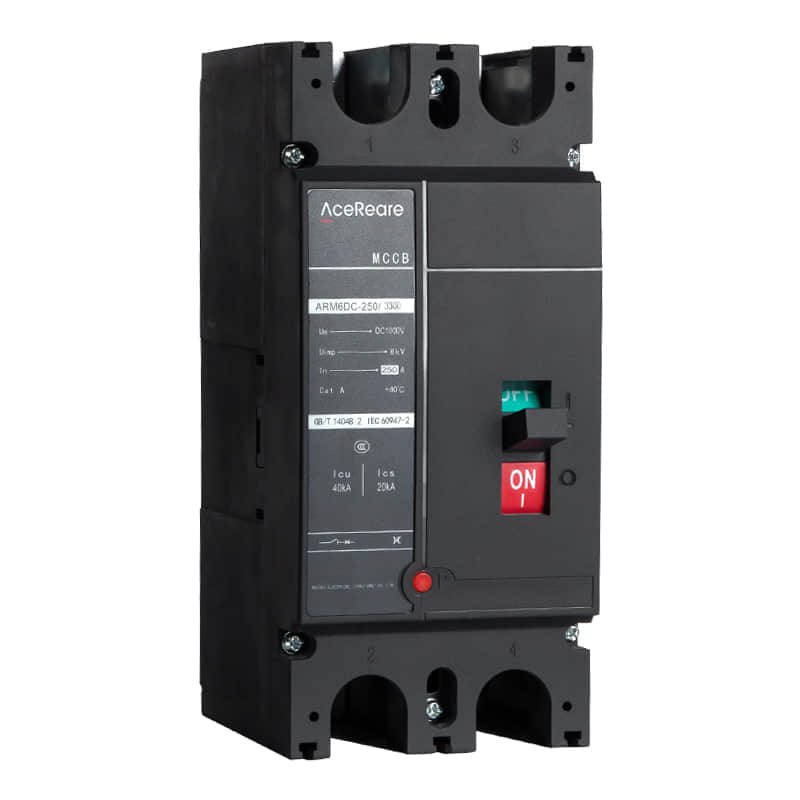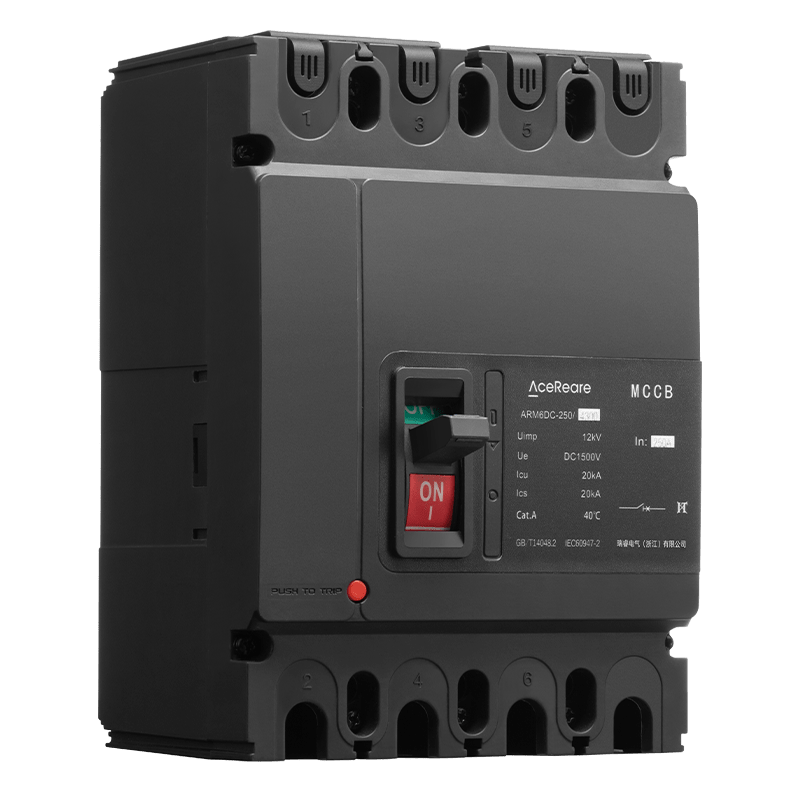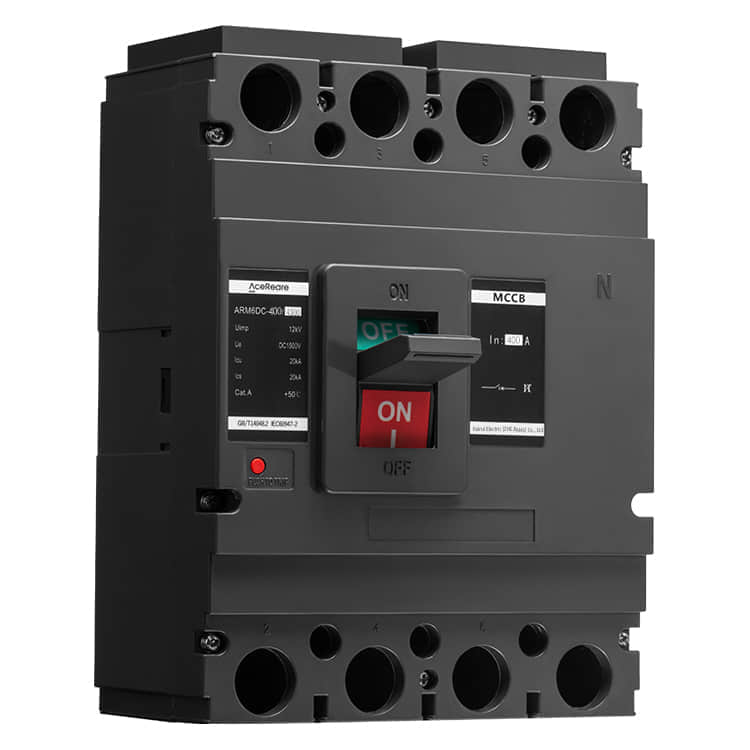In the dynamic realm of renewable energy, photovoltaic (PV) systems have emerged as a frontrunner, harnessing the power of sunlight to generate electricity. As these systems continue to gain traction, ensuring their safety and efficiency becomes paramount. Enter Moulded Case Circuit Breakers (MCCBs), the unsung heroes that play a crucial role in safeguarding PV installations.

MCCBs are versatile devices designed to protect electrical circuits and equipment from overcurrents, short circuits, and other electrical faults. Their significance becomes magnified when incorporated into PV systems, where the fluctuating nature of solar power generation demands robust protection mechanisms.

Advantages of MCCBs in PV Systems: Reliable Overcurrent Protection: With the intermittent nature of solar irradiation, PV systems experience variations in power generation. MCCBs come into play by promptly interrupting current flow when it exceeds safe levels, preventing equipment damage and potential hazards. Customizable Settings: MCCBs offer adjustable tripping settings, allowing engineers to fine-tune protection parameters according to the specific requirements of the PV system. This adaptability enhances the system’s efficiency and longevity. Enhanced Safety: Safety is paramount, and MCCBs excel in this aspect. In the event of a fault, these devices rapidly disconnect the circuit, minimizing the risk of fires, electrocution, and other accidents. Remote Monitoring and Control: Modern MCCBs are often equipped with smart features, enabling remote monitoring and control. This is particularly beneficial for PV systems situated in remote or inaccessible locations, enabling real-time status checks and adjustments. Ease of Maintenance: The modular design of MCCBs simplifies maintenance. In PV installations, where uptime is critical, the swift replacement of faulty MCCBs minimizes downtimes and maximizes energy generation. Compliance with Standards: PV systems must adhere to various safety standards and codes. MCCBs, when chosen and installed correctly, contribute to compliance with these regulations, ensuring the overall integrity of the system. Selecting the Right MCCB for PV Systems: Choosing an MCCB tailored to the demands of a PV system is a meticulous process: Current Rating: PV systems vary in size, and the MCCB’s current rating should align with the system’s capacity to manage current fluctuations effectively. Voltage Rating: The voltage generated by PV panels should match the MCCB’s voltage rating. This compatibility ensures reliable protection. Breaking Capacity: A PV system’s breaking capacity defines the maximum fault current it can safely interrupt. The MCCB’s breaking capacity should surpass this threshold to ensure efficient protection. Adjustable Settings: Opt for MCCBs that allow adjustments to their tripping settings. This flexibility permits optimization according to the specific characteristics of the PV installation. Environmental Considerations: PV systems are often exposed to harsh environmental conditions. Choose MCCBs designed to withstand these factors, prolonging their operational life. Conclusion: MCCBs stand as an indispensable line of defense in the intricate landscape of photovoltaic systems. Their ability to provide reliable protection, adaptability to varying demands, and contribution to system safety make them invaluable components. As the world pivots towards sustainable energy solutions, MCCBs continue to shine as guardians of solar power, ensuring the smooth flow of electricity while prioritizing safety above all else.
